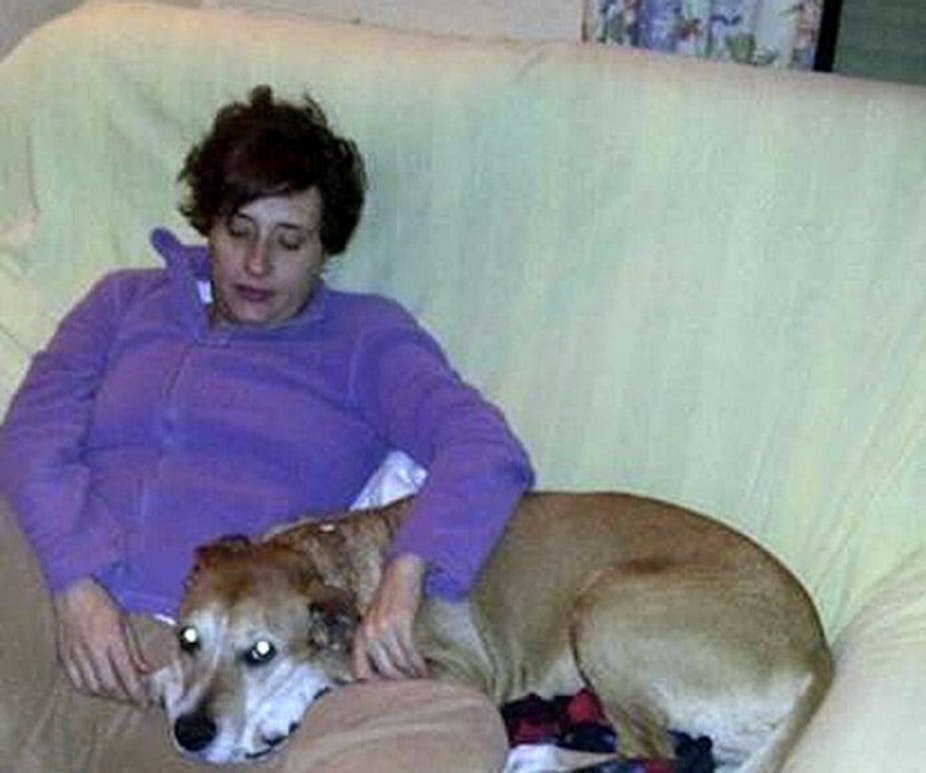The Spanish nurse who contracted Ebola virus while caring for a dying priest appears to be the victim of the first transmission in this outbreak to have taken place outside of Africa. Along with the traveller who returned to Dallas and whose diagnosis was delayed, worries about the wider spread of the virus rear their heads across the internet and hard print media.
It is inconceivable that a nurse involved in the care of an Ebola-infected person – while in a Spanish high containment unit, not in an African field centre – should contract the virus; but this is what happened. It is too early to say exactly how – the measures designed to isolate the virus were either not adhered to or simply were not up to the job. Health professionals in Madrid have reportedly said substandard equipment, including latex gloves secured with adhesive tape and a lack of breathing equipment, and a failure in protocol was to blame. The nurse herself, Teresa Romero Ramos, is reported as having said she has “no idea” how she caught the virus. A doctor, meanwhile, says the nurse may have touched her face with infected gloves.
Bodily fluid contact
So are we starting to see onward march of Ebola virus? Let’s get two things straight: This virus is highly infectious - we only need a very small number of virus particles, maybe as few as one, to initiate an infection. But, unlike measles, the virus isn’t very contagious. In other words, it doesn’t spread from person to person very easily. On the scale used to measure how likely a virus is to transmit: for every 10 people infected with Ebola they will pass their virus on to a further 17 people. These figures are relatively modest, but the rate of transmission is still high enough to produce the exponential growth in cases that we are seeing in Western Africa today, and why some think that the number of cases might eventually grow to more than 1.5 million.
This transmission rate is unquestionably a consequence of the African situation. Under-resourced countries with ill-developed health infrastructures are fighting a losing battle across vast swathes of rural and, worse still, urban Africa.
Reporting of this outbreak in the media has been, on the whole, measured and well-informed. We have heard many times that the virus can only be transmitted by direct contact with the body fluids – like blood, diarrhoea and vomit – of someone infected. That’s why the virus isn’t very contagious. Those who recently died from the infection are a particular hazard.
No respiratory spread
While respiratory transmission has been shown in the laboratory, this was using a highly artificial animal model system, and most scientists concur that the virus is not spread through the respiratory route.
Similarly, in the only study of its kind, a report in the Journal of Infectious Diseases showed that the risk of contracting Ebola virus from fomites – particles loitering in the environment – was also very small. So all of the evidence suggests that if you avoid transferring virus from an infected individual or contaminated cadaver then the risk of infection is very low indeed.
Conjecture
Clearly the Spanish nurse must have been one of those unfortunate people – indeed one of the hundreds of healthcare workers who’ve succumbed to this virus during the current outbreak – who unwittingly directly transferred the virus from the patient or his body fluids to herself. If her eyes, mouth, nose and skin were adequately covered, then transmission would not have occurred. Sadly, it did, but how? There will be speculation, and an investigation, but until we know the outcome of this, how it happened can only be conjecture.

